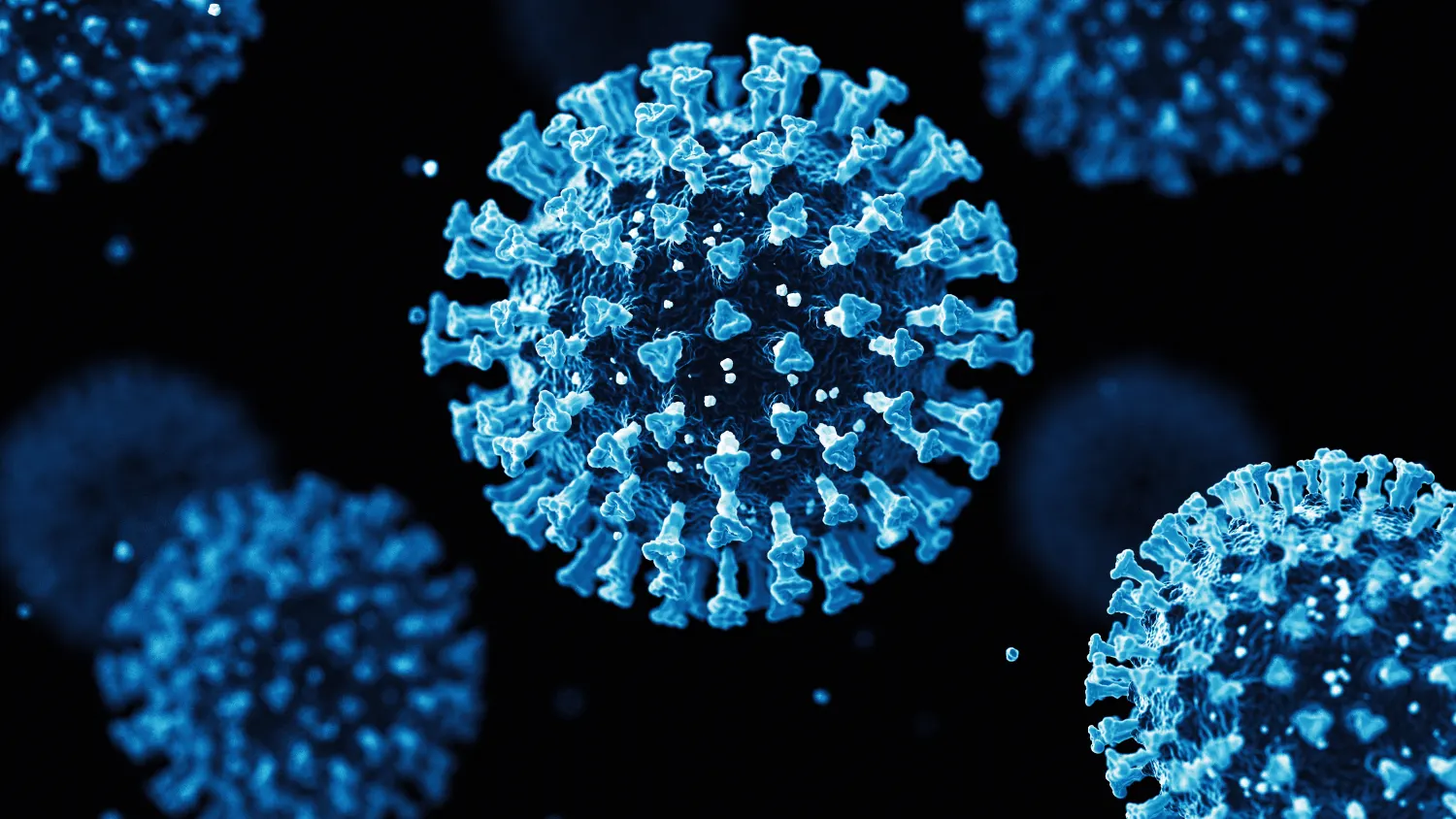The Rise of New Variants
Despite relatively low levels of COVID-19 hospitalizations and deaths compared to previous peaks, the number of cases has been steadily increasing over the past few weeks. The three new variants – EG.5, FL.1.5.1 (nicknamed “Fornax”), and BA.2.86 – have captured the attention of health authorities due to their significant mutations and potential impacts on the ongoing pandemic.
Variants Overview
- EG.5 (Eris): Estimated to account for 20.6% of new infections, EG.5 is a subvariant of the omicron lineage. Its prevalence has rapidly increased, making it the dominant strain in the U.S. and causing questions about transmissibility and severity.
- FL.1.5.1 (Fornax): This variant, dubbed “Fornax,” represents 13.3% of U.S. infections and shares a mutation known as F456L with EG.5. This mutation appears to enhance its transmissibility.
- BA.2.86 (Pirola): BA.2.86 is a highly mutated strain of the virus, with a large number of mutations in key parts of the virus. While its prevalence remains low, investigations into its potential risks are ongoing.
Similar Symptoms and Vaccine Updates
The symptoms associated with EG.5 and FL.1.5.1 are largely consistent with earlier COVID-19 variants, including sore throat, runny or blocked nose, cough, and headaches. The available vaccines, including Moderna’s updated version, are showing promise in boosting neutralizing antibodies against EG.5 and FL.1.5.1, indicating potential effectiveness against these variants.
Testing and Variants
COVID-19 tests, including PCR and rapid at-home antigen tests, are currently capable of detecting these new variants. The FDA and NIH are working collaboratively to assess the impact of EG.5 and FL.1.5.1 on test performance and efficacy. However, as the variants evolve, continued monitoring is crucial to ensure accurate detection.
Booster Shots and Future Preparedness
Vaccine makers are optimistic about the effectiveness of the upcoming COVID-19 vaccine booster shots against EG.5 and FL.1.5.1. These boosters, which target XBB.1.5, the common ancestor of the new variants, are expected to provide a level of protection against the mutated strains. However, the possibility of BA.2.86 affecting the efficacy of boosters remains a topic of ongoing investigation. The emergence of new highly mutated COVID-19 variants underscores the evolving nature of the pandemic. While the rise of variants like EG.5, FL.1.5.1, and BA.2.86 raises questions about transmissibility, severity, and vaccine effectiveness, ongoing research and public health measures will play a crucial role in managing and mitigating the impact of these variants. Staying informed about the latest developments and adhering to recommended precautions will be essential in the ongoing battle against the pandemic.




